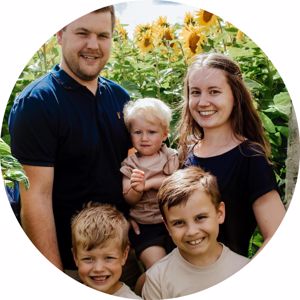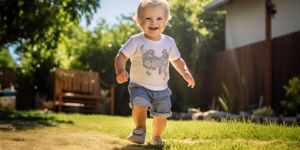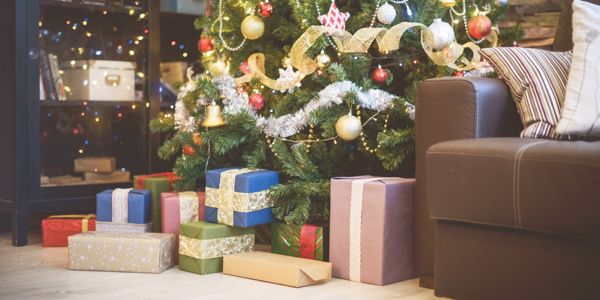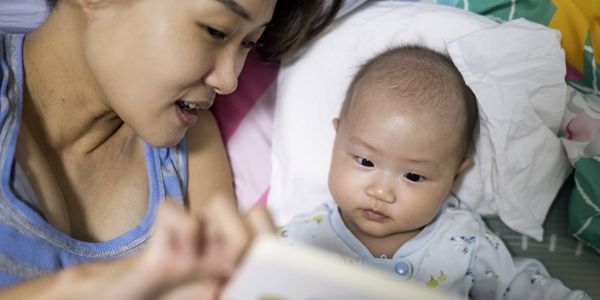If you’re thinking about purchasing your baby’s first pair of shoes, the chances are your little one has mastered (or is close to) the art of cruising - which comes in between crawling and walking (pulling themselves up onto things and moving along furniture with their hands and feet). This usually begins anywhere between the ages of 10 months - 18 months.
It may be really tempting to rush out to the shop to purchase a pair of shoes for your little one - But your child does not need shoes until they are confidently walking on their own and doing so outside.
Toddlers do not need proper shoes until they can walk well, unaided. After around six weeks of your toddler confidently walking, it is time for you to purchase their first pair of shoes! Leading up to this point barefoot is always best as it allows your little one to get used to taking steps naturally.
It is important to keep in mind that wearing shoes too early may hinder their development, especially if the shoes they are wearing are an incorrect fit/size. Going barefoot allows your baby’s feet to develop naturally without being restricted by tight socks and shoes.
Here’s our top tips for buying your child their first pair of shoes!
There’s No Rush
All children will develop at their own pace; there is no need to rush them when it comes to taking those first precious steps! However, once they have reached this milestone, it is time to start thinking about shoes.
Even once your little one is a proud owner of their first pair of shoes, they do not have to wear them all the time. Shoes should only be worn when they are walking around outside to protect their feet.
Keep in mind that it may not always be necessary for the shoes to be worn outside either - if it’s a warm summer day, your baby may get away with being barefoot or just wearing socks when out in the garden or at the park. Of course, if it is raining or muddy, shoes should be worn. But do remember that barefoot is always best where possible!
Shoe Shopping
A trip to a trusted shoe shop for your baby’s first pair of shoes is a must.
It is vital that you get your little one's feet measured by a qualified children’s shoe fitter. Most retailers ensure their staff have comprehensive training - so that they can provide you with all of the advice you need for your child.
Your baby may be fussy or cry a little when being fitted for their first pair of shoes - after all, it is a new experience for them! Try not to worry too much, and the fitter should be used to measuring babies for their first shoes. If you feel they aren’t, you can always ask for a different fitter.
What Should You Look For in Your Baby’s First Shoes?
Shoes should be well-fitting - this is important as they’ll help to control your child’s feet and keep their balance as they walk.
Your baby will need shoes of a specific length and width. Babies’ shoe lengths start from size three, and the width of their feet will be between D and H - F and G are the most common widths.
Properly fitted shoes should be between 12 mm and 16 mm longer than your baby’s big toe and wide enough for their toes to lie flat but not too loose. Feel around the toe area to make sure there is plenty of growing room.
Look for a supportive shoe with velcro fastening or a buckle. Let your toddler go for a walk in the shop.
Their heel should be held in place as they walk. If your baby’s foot is slipping out when walking or standing on their tiptoes, the shoe doesn’t fit properly.
What Happens Next?
Once your baby has their new shoes, make sure to check their foot growth every six to eight weeks to make sure the shoes still fit. Your baby’s feet will grow roughly two sizes a year until the age of four and then a size a year thereafter. After this, you can get their feet measured every three months.
A good way to check whether their shoes are too small is by gently pressing the front of the shoe - if you can feel your baby’s big toe against your thumb, they need a new pair.
It’s always a good idea to buy your baby new shoes rather than second hand shoes. Second hand shoes won’t provide the support your baby needs for their developing feet. They may be moulded to another child’s feet and worn in on the soles to fit a different walking style.






